Saffiano leather is a popular material for handbags, belts, and wallets. If you’re curious about its origin, Fashion Bandung has an informative article.
Discover the meaning and characteristics of Saffiano leather.
Saffiano leather is a type of high-end leather made from cowhide that is sourced from Italy. It undergoes a specialized production process that involves pressing the grain under high pressure and temperature. This process creates distinctive sunken grain lines that give the leather its unique appearance. To enhance its durability, the leather is then coated with a layer of wax or plastic, providing water resistance and protecting it from scratches.
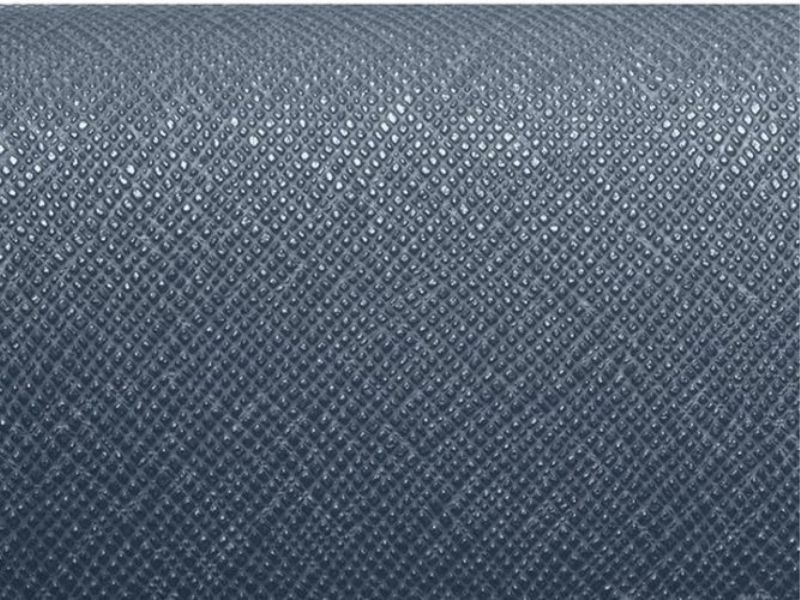
Would you like to acquire additional information about Saffiano leather?
Saffiano cowhide is a distinctive type of leather that was developed by Mario Prada, the founder of the renowned fashion brand Prada. In 1913, he introduced his first product, the Handmade bag, which revolutionized the Italian fashion industry with its exclusive line of premium leather goods.
The method of manufacturing Saffiano leather.
In order to produce a high-quality Saffiano cowhide product, the factory must meticulously adhere to the following steps:

The saffiano cowhide production process involves several steps to transform raw cowhide into the signature saffiano leather.
To begin the process, our experts handpick stunning and supple leather samples derived from young cows. These samples undergo a meticulous cleaning procedure before being subjected to a brief but intense beating for approximately 10-15 seconds. This high-temperature treatment, carried out at around 80 degrees Celsius, effectively generates the fundamental grain patterns that are crucial for achieving an exceptional finished product.
In order to guarantee the utmost quality of the product, the skilled craftsman will apply a protective layer of wax or plastic. This additional layer serves several purposes, including enhancing the waterproof properties of the leather, safeguarding the surface from damage, and augmenting its overall durability.
After completing the cross-stitching process and applying a layer of waterproof coating, the skilled craftsman transforms the leather into what is known as Saffiano leather.
Saffiano cowhide can be categorized into two types, namely genuine leather and synthetic leather, depending on its origin. While both types of leather undergo similar processing methods, genuine leather generally yields a higher-quality product.
Advantages and disadvantages of Saffiano leather: Durable, scratch-resistant, but lacks breathability and may be expensive.
Saffiano cowhide is a luxurious type of leather that is highly popular among many individuals. However, like any other material, it possesses its own set of advantages and disadvantages. Here are the specific benefits and drawbacks of this particular leather:
Advantages:
1. Durability: Saffiano cowhide is known for its exceptional strength and resistance to wear and tear. It can withstand daily use and remains in good condition for a long time.
2. Scratch resistance: Thanks to the special crosshatch pattern pressed into the leather during the manufacturing process, Saffiano cowhide is remarkably resistant to scratches. This makes it an excellent choice for items like handbags and wallets that are subject to frequent handling.
3. Easy maintenance: The textured surface of Saffiano cowhide makes it relatively easy to clean. Spills and stains can be wiped away with a damp cloth, ensuring that the leather maintains its pristine appearance.
4. Timeless elegance: Saffiano cowhide possesses a classic and sophisticated aesthetic that never goes out of style. It is often associated with high-end luxury brands and exudes an air of prestige and refinement.
Disadvantages:
1. Limited availability: Saffiano cowhide is a specialty leather that is typically used by upscale brands. As a result, it may not be as widely accessible as other types of leather.
2. Less flexibility: The crosshatch pattern imprinted on Saffiano cowhide can cause the leather to feel slightly stiffer compared to other leathers, limiting its flexibility.
3. Potential for color fading: Due to the manufacturing process and finishing treatments, Saffiano cowhide may be more susceptible to color fading over time, especially when exposed to direct sunlight for prolonged periods.
Despite its disadvantages, the numerous advantages of Saffiano cowhide have established it as a coveted material in the world of luxury goods. Its durability, scratch resistance, easy maintenance, and timeless elegance make it a favored choice for those seeking high-quality leather products.
The remarkable benefits of Saffiano leather are truly exceptional.
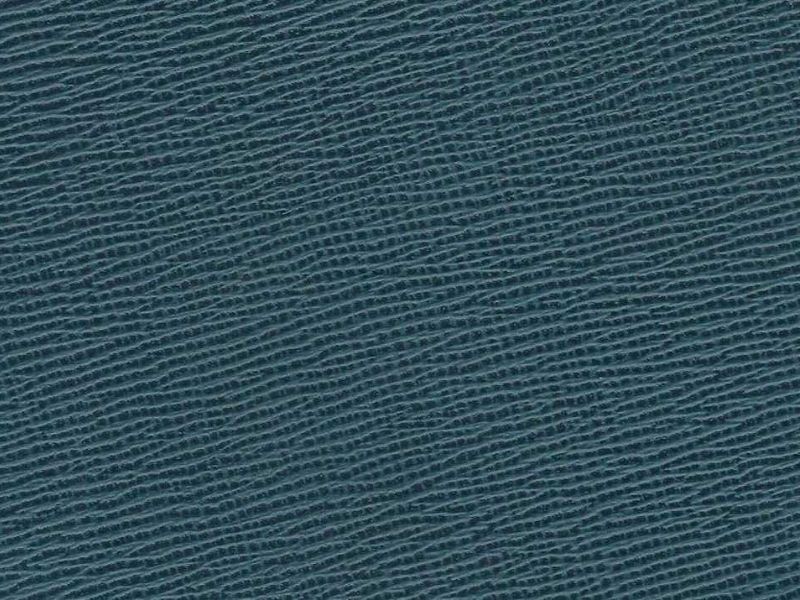
There are several advantages associated with this specific leather line.
-
The leather exhibits exquisite and intricate grain patterns that add a touch of elegance and opulence. These distinctive patterns are highly sought after by the affluent community, as they serve as a symbol of sophistication and individual style.
-
Leather is known for its exceptional durability, thanks to its primary material: cowhide. This material boasts water-resistant properties, making it highly resistant to moisture damage. Additionally, it is scratch-resistant, allowing it to withstand everyday wear and tear without showing signs of damage. Cleaning leather is a breeze as it is easy to wipe clean, and it is also stain-resistant, making it less susceptible to unsightly blemishes. Leather is also unaffected by harsh weather conditions, ensuring that its quality remains stable over time. To enhance its durability further, manufacturers often treat the leather by applying wax or plastic, forming a protective layer on the surface and preventing breakage. This added layer strengthens the leather and extends its lifespan.
-
Saffiano cowhide products are known for their extensive range of vibrant colors. The leather material readily accepts dye, making it ideal for creating fashionable and visually appealing handbags. This versatility allows customers to effortlessly find a style that suits their taste and showcases their unique personality.
Drawbacks of Saffiano leather
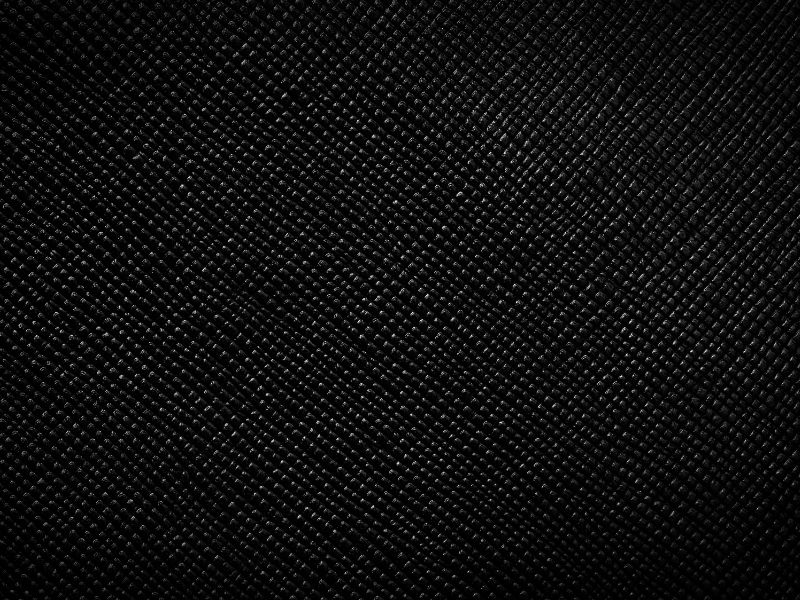
Skin Disadvantages refer to various drawbacks or limitations that can affect the condition or appearance of the skin. These disadvantages can manifest in different ways, such as skin conditions, blemishes, or cosmetic concerns. They may arise due to genetic factors, environmental factors, lifestyle choices, or a combination of these factors. Examples of skin disadvantages include acne, dryness, oiliness, wrinkles, dark spots, redness, sensitivity, and uneven texture. These issues can have a significant impact on an individual’s self-esteem, overall appearance, and overall skin health. It is important to address these disadvantages through proper skincare routines, healthy habits, and seeking professional advice when necessary.
-
Leather products are known for providing a superior quality experience, hence the price of this particular line of leather goods will be relatively higher
-
In the beginning, when using products made from the premium Saffiano leather line, they may feel rigid and lack a natural feel. However, with prolonged usage over time, these products gradually soften and gain elasticity.
Explore the contrast between Saffiano leather and Taiga skin to determine their distinctions.
There are two popular types of leather in the industry known as Saffiano leather. Both Taiga and Tan leather are derived from cowhide and possess several positive qualities. However, it is important to understand the differences between them to avoid any confusion when making a purchase.
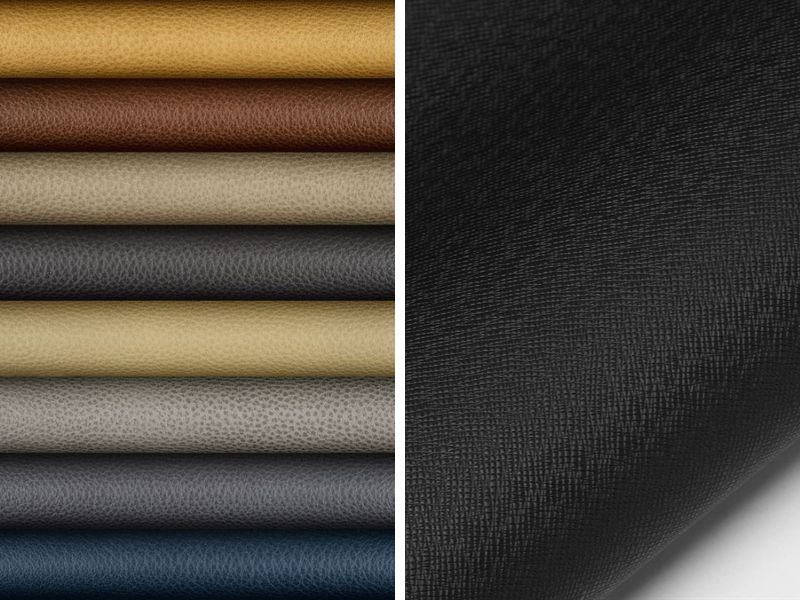
The difference between Saffiano leather and Taiga skin lies in their respective characteristics and production processes.
Saffiano leather is a type of leather known for its distinctive crosshatch pattern and remarkable durability. It is made from top-grain leather that has been treated with a special wax coating, usually made from pigments and oils. This process not only gives Saffiano leather its unique texture but also adds a level of water and scratch resistance.
Taiga skin, on the other hand, is a type of leather derived from the hides of certain animals, typically cattle. It is renowned for its smooth and supple texture. Taiga leather undergoes a meticulous tanning process that involves treating the raw hides with various chemicals to enhance its strength and longevity. The result is a luxurious leather material that is resistant to scratches and retains its shape well.
In summary, Saffiano leather is characterized by its unique crosshatch pattern and exceptional durability due to the wax coating treatment it undergoes. On the other hand, Taiga skin stands out for its smooth texture and strength achieved through a meticulous tanning process. Both materials offer different qualities and visual aesthetics, catering to different preferences and needs in leather products.
The key distinction between these two types of leather lies in the grain system present on their surfaces. While they may appear similar at first glance, upon closer examination, distinct patterns will become evident.
Saffiano leather is characterized by a distinct embossed grain pattern, giving it a textured appearance. On the other hand, taiga leather is distinguishable by its interwoven needle-like pattern, reminiscent of the coniferous forest it is named after. These unique features make it easier for customers to differentiate between the two types of leather.
A significant distinction is that the taiga leather line is elevated to a superior standard when utilized by the renowned Louis Vuitton brand for its products. When referring to this particular leather line, it instantly evokes images of the LV brand, well-known for its exquisite handbags, leather wallets, and other iconic accessories worldwide.
Saffiano cowhide is still utilized in the production of aesthetically pleasing products, although they may not be considered high-end or of prestigious quality.
Practical uses of Saffiano leather in everyday situations.
As mentioned previously, Saffiano cowhide is a highly sought-after material that is commonly utilized in the production of luxurious and aesthetically pleasing goods. This particular type of leather is commonly employed in the manufacturing of various items, some of which include:
Leather wallet design
The Saffiano leather wallet is highly regarded as a mark of luxury and sophistication in the realm of fashion accessories. This particular type of leather not only enhances the overall aesthetic appeal of the wallet, but it also offers exceptional durability and remarkable resistance to scratches. As a result, the wallet maintains its pristine appearance, appearing perpetually new and lustrous.
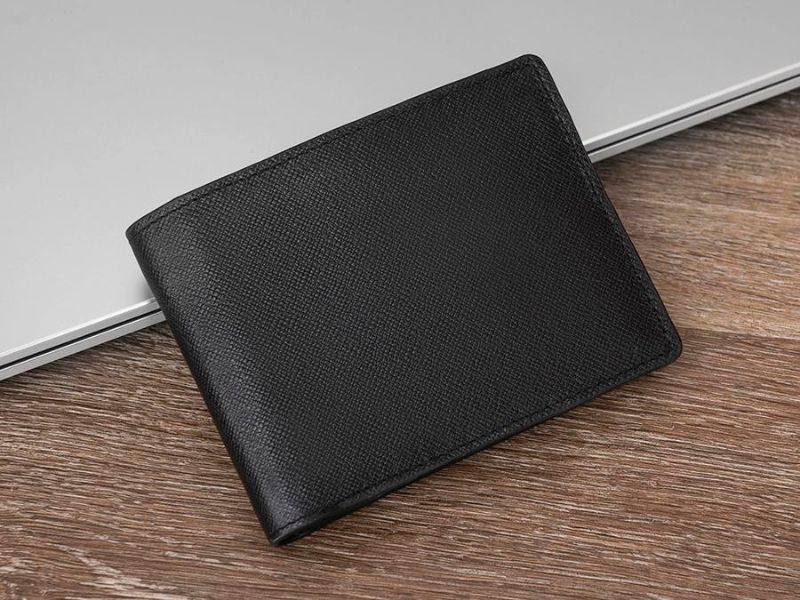
This leather wallet is crafted from high-quality Saffiano cowhide, known for its durability and unique texture. The Saffiano cowhide, characterized by its crosshatch pattern, is sourced specifically for its superior quality and resistance to scratches and stains. The skilled craftsmanship involved in creating this wallet ensures its longevity and enhances its overall aesthetic appeal.
Furthermore, the production and crafting of Saffiano cowhide wallets entail an extremely meticulous and sophisticated process. Each seam and corner is painstakingly attended to with great care and attention to detail.
Belt
Belts are considered to be a refined accessory that adds a touch of personal style. Saffiano cowhide belts, in particular, are known for their vibrant and glossy colors, which contribute to their elegant and opulent look.
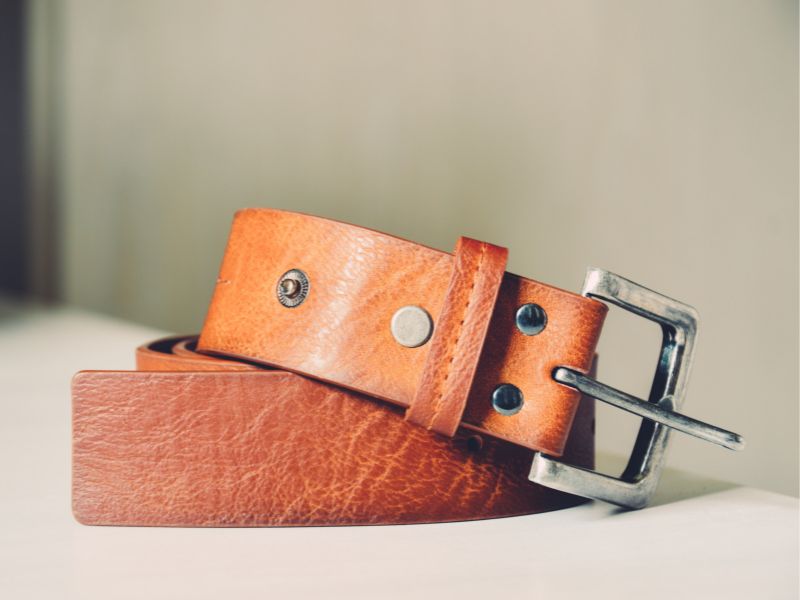
This belt is a high-end model made from Saffiano cowhide.
These leather belts are a stylish accessory that will make you stand out in any outfit. They can be paired with men’s t-shirts or men’s shirts, adding a touch of elegance to your look.
Hand bag
Handbags that are crafted from materials such as Saffiano leather offer luxury and sophistication to users. These high-end bags are renowned for their distinctive designs and practicality, thanks to the inclusion of multiple storage compartments. Not only are they visually appealing, but they also exhibit exceptional durability and maintain their shape over time.
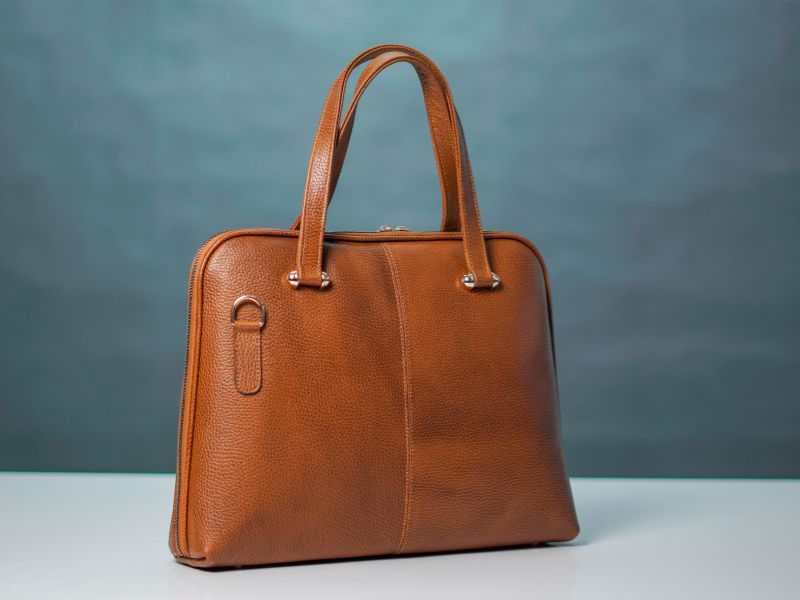
The fashion handbag model is a person who showcases different types of handbags in the fashion industry. They are responsible for presenting the handbags to potential buyers and consumers in a visually appealing and stylish manner. This involves posing with the handbags, demonstrating their features, and highlighting their unique designs and materials. The fashion handbag model must have a good understanding of current fashion trends and be able to effectively communicate the luxury and style associated with the handbags they are promoting. They often work closely with designers, photographers, and fashion stylists to create captivating images and videos that will attract attention and generate interest in the handbags. Overall, the fashion handbag model plays a crucial role in promoting and marketing handbags to ensure their success in the competitive fashion industry.
Albert
When discussing Saffiano cowhide products, it is essential to mention the noteworthy inclusion of watch straps. These straps possess exceptional qualities such as water resistance and durability, which significantly enhance the luxurious appeal of the product.
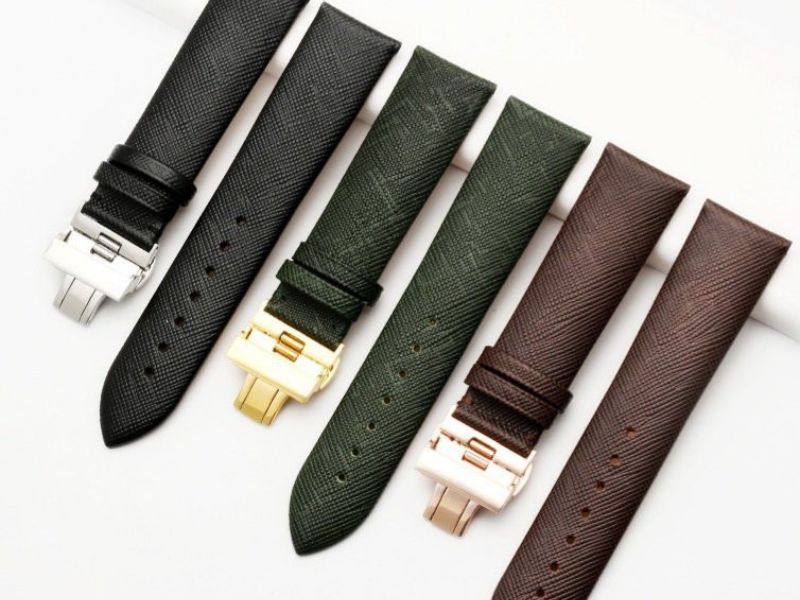
The watch strap is crafted from premium cowhide leather of exceptional quality.
Here are a few tips for utilizing Saffiano leather effectively.
Although Saffiano cowhide is known for its high quality, it is important to take certain measures to ensure that products made from this leather remain shiny and durable. Attention should be paid to the following factors:
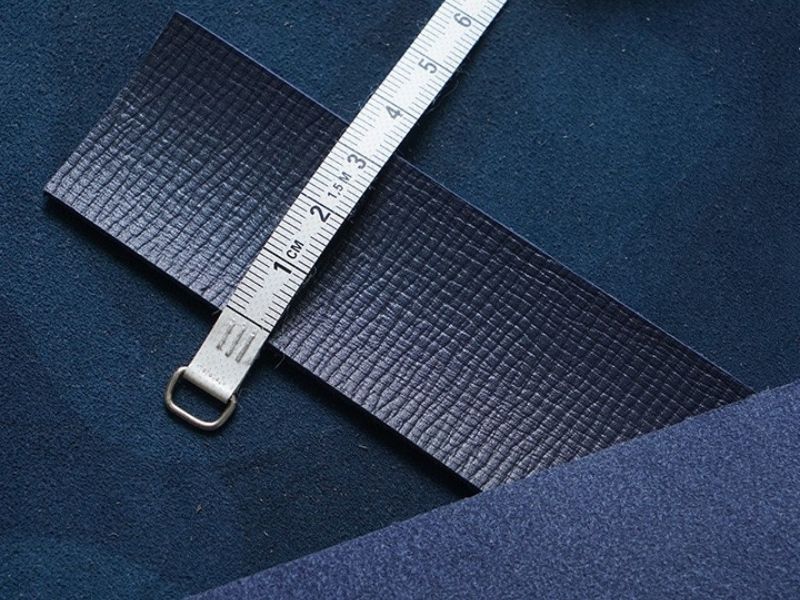
Here are some important notes to consider when using products made from Saffiano leather:
1. Saffiano leather is a specific type of leather that has a unique crosshatch pattern embossed on the surface. This pattern gives the leather its distinctive look and also helps in making it more durable and resistant to scratches and stains.
2. When using products made from Saffiano leather, it is important to handle them with care. While Saffiano leather is durable, excessive force or rough handling can cause damage to the surface or the embossed pattern.
3. Avoid exposing Saffiano leather products to direct sunlight or extreme heat for prolonged periods of time. This can lead to discoloration or fading of the leather.
4. To clean Saffiano leather, use a soft cloth or brush to gently wipe away any dirt or dust. Avoid using harsh chemicals or abrasive cleaners as they can damage the leather. In case of spills, blot the area immediately with a clean cloth to absorb the liquid.
5. It is advisable to store Saffiano leather products in a cool and dry place, preferably in a dust bag or a cloth pouch. This will protect the leather from exposure to moisture and prevent unnecessary scratches or damage.
6. Over time, Saffiano leather may develop a natural patina, which enhances its character and gives it a unique appearance. This is a normal aging process of the leather and should be embraced as part of its charm.
By following these guidelines, you can ensure that your Saffiano leather products remain in excellent condition and retain their timeless appeal for a longer period of time.
-
Items made from Saffiano leather, such as handbags and belts, require proper care to maintain their quality and longevity. It is recommended to store these items in a cool place, away from direct sunlight. Exposure to sunlight can cause the leather to fade and deteriorate over time.
To provide extra protection, it is advisable to store Saffiano leather items in a storage bag or box when they are not in use. This helps to shield them from dust, dirt, and other potentially damaging elements. Additionally, keeping them in a designated storage space helps to prevent accidental scratches or any potential damage.
By following these storage guidelines, you can ensure that your Saffiano leather items remain in excellent condition for years to come, maintaining their aesthetic appeal and durability.
-
If the product becomes dirty, it is important to promptly wipe it clean. However, when doing so, it is advisable to refrain from using soap or strong acidic detergents. This is because such cleaning agents could potentially cause damage or abrasion to the skin of the product.
-
Lastly, it is important to regularly clean your Saffiano cowhide in order to keep it looking its best. Additionally, if possible, consider using a conditioning wax to help preserve and maintain the leather’s softness.
Above is an article that provides a detailed introduction to the Saffiano cowhide line. The aim is to give readers a comprehensive understanding of the characteristics and products made from Saffiano leather. Fashion Bandung hopes that this article will assist individuals in gaining better insight into this specific type of leather.
Fashion Bandung is a clothing brand specifically designed for men. It offers a wide range of trendy and stylish fashion options for men. The brand focuses on providing high-quality clothing items that are both fashionable and comfortable. With a combination of modern designs and excellent craftsmanship, Fashion Bandung aims to cater to the fashion needs of stylish men. Whether it’s casual wear, formal attire, or accessories, Fashion Bandung has a diverse collection to suit various preferences and occasions.
Sliding fabric refers to a type of material that is specifically designed to have a smooth and slippery surface, allowing objects to easily slide or glide across it. It is commonly used in various applications in everyday life due to its unique characteristics.
One of the key characteristics of sliding fabric is its low coefficient of friction. This means that it offers very little resistance to the movement of objects. When objects come into contact with sliding fabric, they experience minimal friction, making it easier to slide or move them. This property is particularly useful in situations where smooth and effortless movement is desired.
Sliding fabric also has excellent durability and resistance to wear and tear. It is typically made from high-quality materials that can withstand repeated use and heavy loads without losing their effectiveness. This makes sliding fabric suitable for applications that involve frequent sliding or movement, such as in furniture, machinery, and sports equipment.
In terms of applications, sliding fabric is widely used in different areas of life. In household furniture, it is commonly found on the bottom of chairs, tables, and other pieces of furniture to allow for easy rearrangement and movement. It is also used in drawer slides and cabinet hardware to facilitate smooth opening and closing.
In industrial settings, sliding fabric finds its use in conveyor belts, where it helps in transporting materials efficiently and smoothly. It is also employed in the production of machinery components, such as bearings and gears, to reduce friction and increase overall performance. Additionally, sliding fabric is utilized in recreational activities, such as snowboarding and waterskiing, to enhance the gliding experience.
Overall, sliding fabric plays a crucial role in simplifying and improving various aspects of daily life. With its low friction properties, durability, and versatility, it offers a practical solution for facilitating easy movement and enhancing efficiency in numerous applications.
Dry cotton fabric is a type of textile material that has been specially treated to have moisture-wicking properties. It is designed to quickly absorb and evaporate sweat or moisture from the body, keeping the wearer dry and comfortable. This fabric is commonly used in sportswear and activewear, where moisture control is essential.
One of the main advantages of dry cotton fabric is its ability to keep the body cool and dry during physical activities. The moisture-wicking properties ensure that sweat is quickly pulled away from the skin, allowing it to evaporate more efficiently, thus preventing the fabric from becoming saturated and clingy. This not only enhances comfort but also prevents odors and bacteria growth.
Another advantage of dry cotton fabric is its breathability. The fabric is woven in a way that allows for better air circulation, allowing heat to escape and cool air to enter. This promotes better ventilation, which is particularly beneficial in hot and humid conditions.
However, dry cotton fabric also has its disadvantages. One potential drawback is that it can be more expensive than regular cotton fabric due to the additional treatments and technologies involved in its production. Additionally, while the fabric is designed to be moisture-wicking, it may not be as effective in extreme sweat-inducing activities or in situations where a high level of moisture control is required.
Dry cotton fabric finds applications in various industries, especially in the production of sportswear, activewear, and outdoor apparel. It is commonly used in t-shirts, shorts, leggings, and socks to provide superior comfort and performance during physical activities. The moisture-wicking and breathable properties make it suitable for athletes, outdoor enthusiasts, and individuals engaging in intense workouts.
In summary, dry cotton fabric is a specialized textile material with moisture-wicking and breathable properties. It offers advantages such as keeping the body cool and dry, preventing odors, and promoting better comfort during physical activities. However, it may be more expensive and may have limitations in extreme sweat-inducing activities. Its applications primarily include sportswear, activewear, and outdoor apparel.
Denim fabric is a sturdy cotton fabric that is commonly used in the production of jeans. However, denim fabric is not limited to jeans alone. It has a distinctive twill weave and is known for its durability, strength, and versatility. Denim is often characterized by its blue color, but it can also be found in various other shades. This fabric is widely utilized in the creation of various clothing items such as jackets, skirts, shirts, and shorts, among others.

